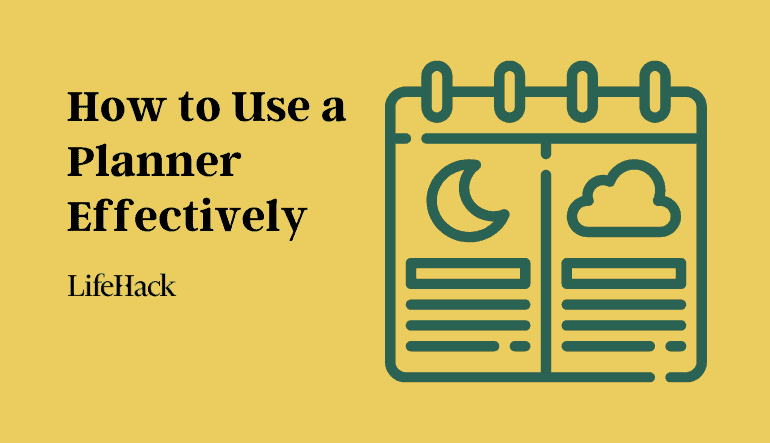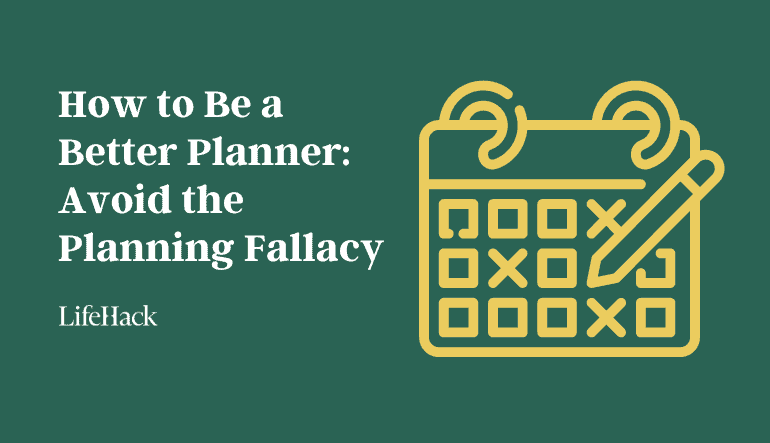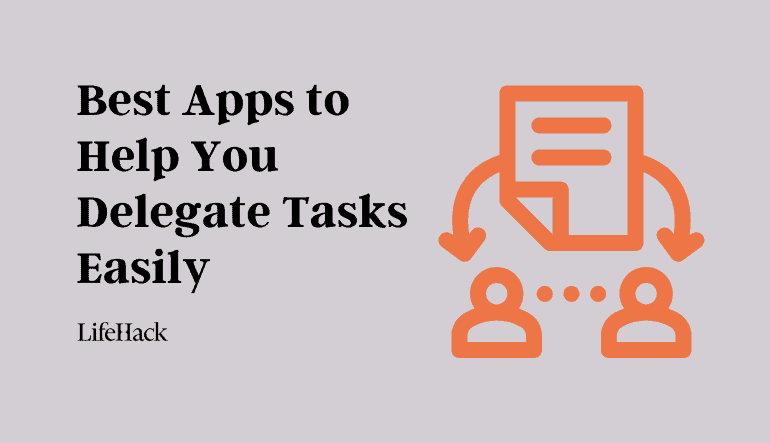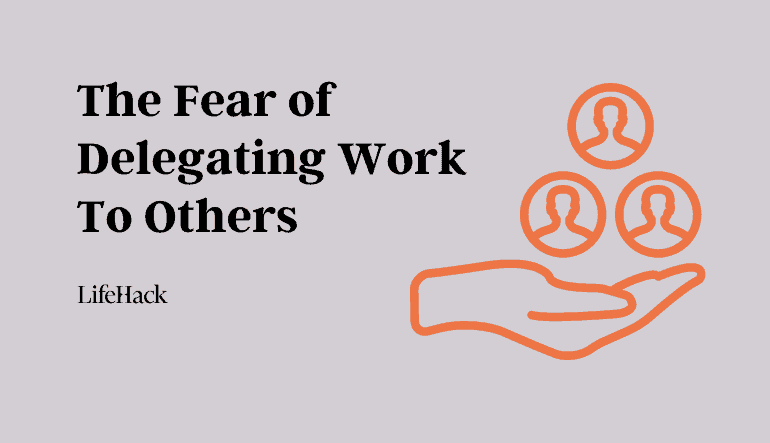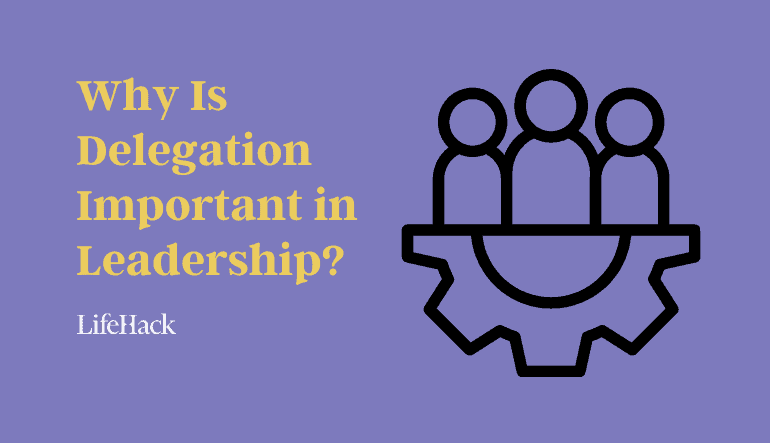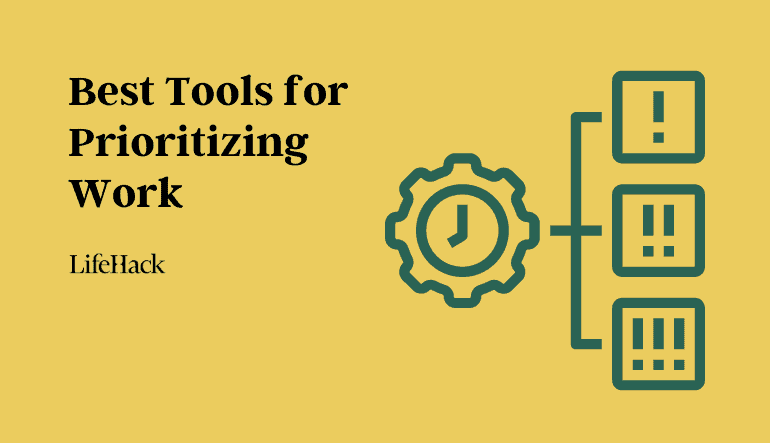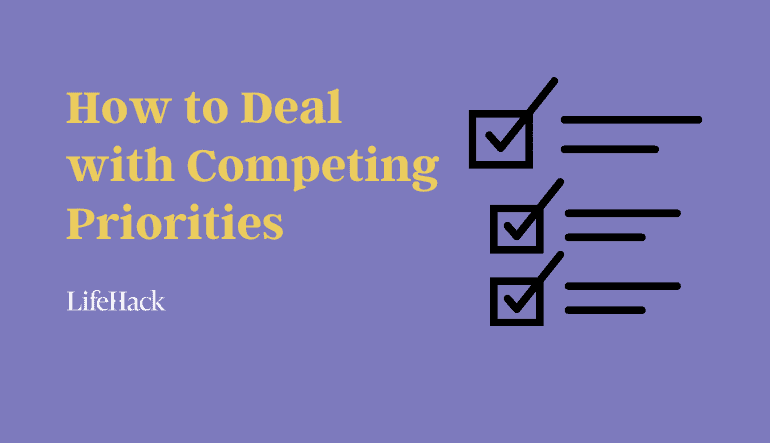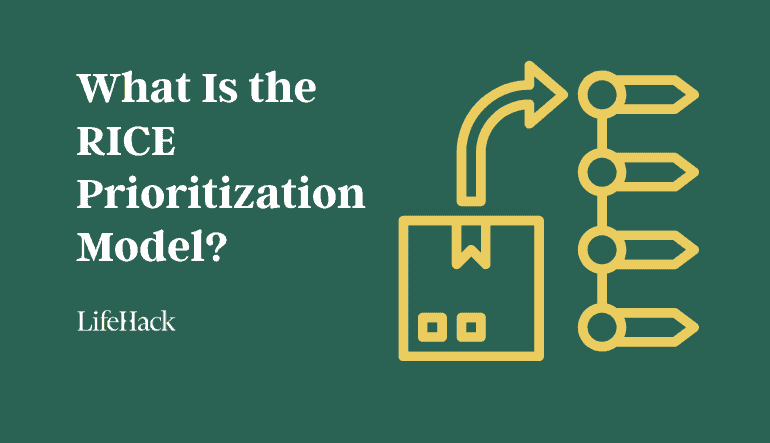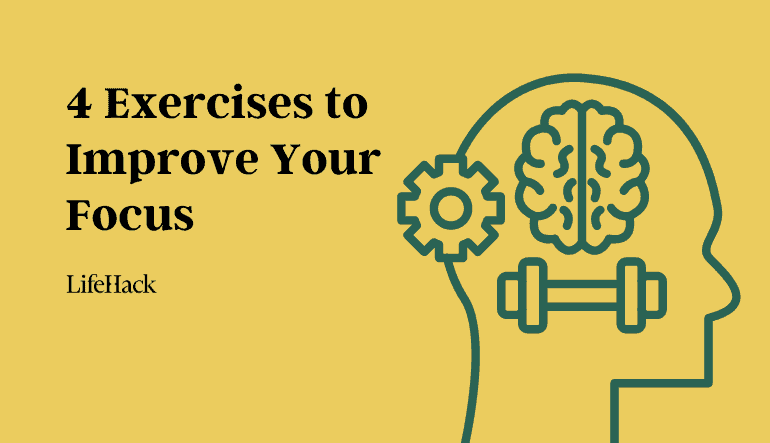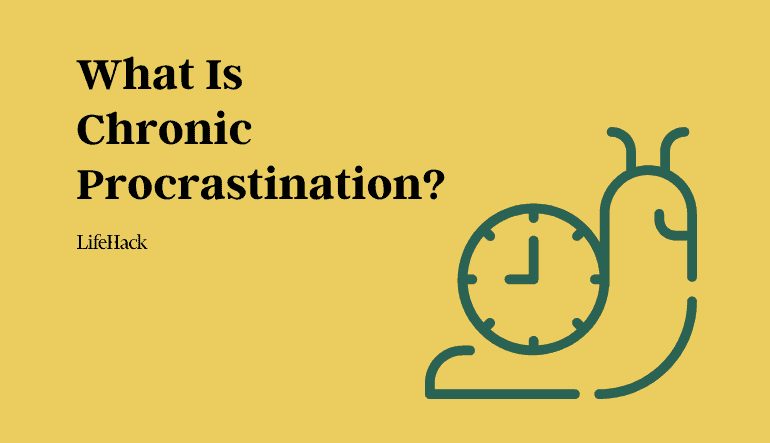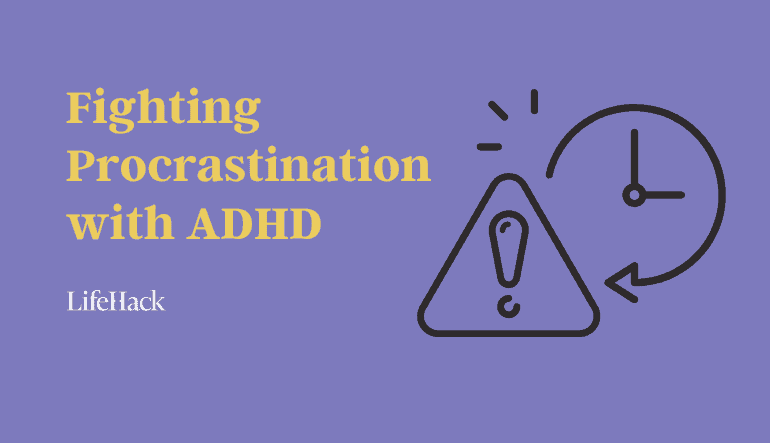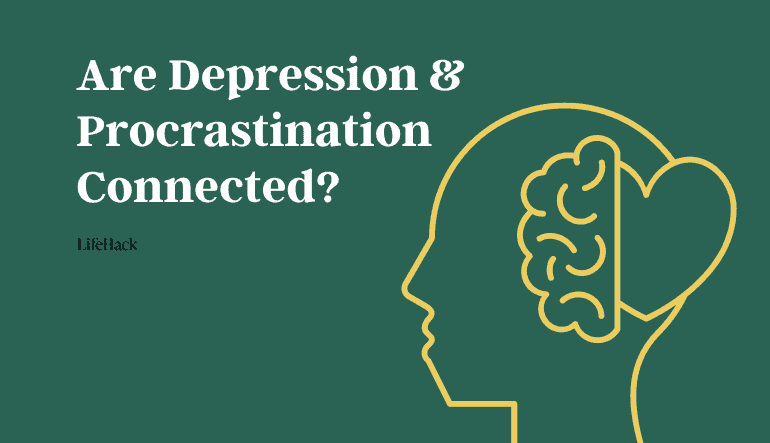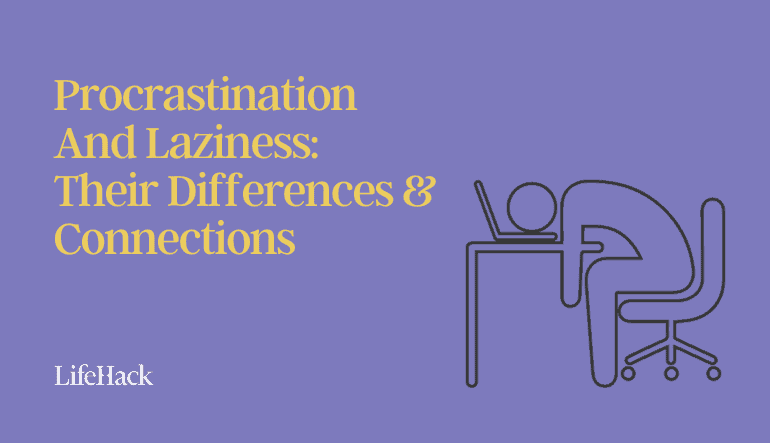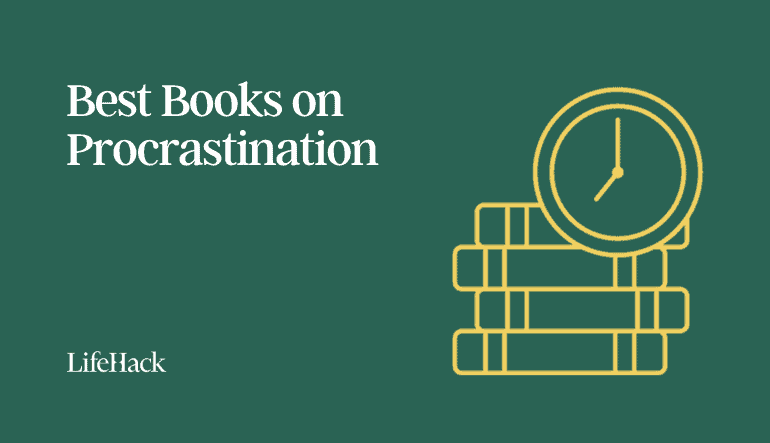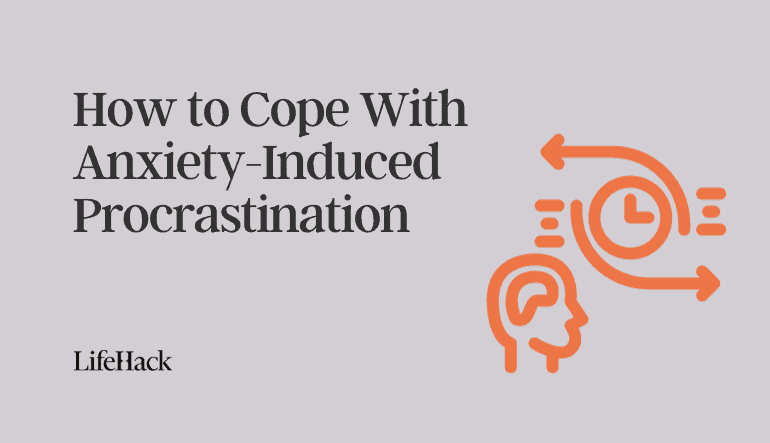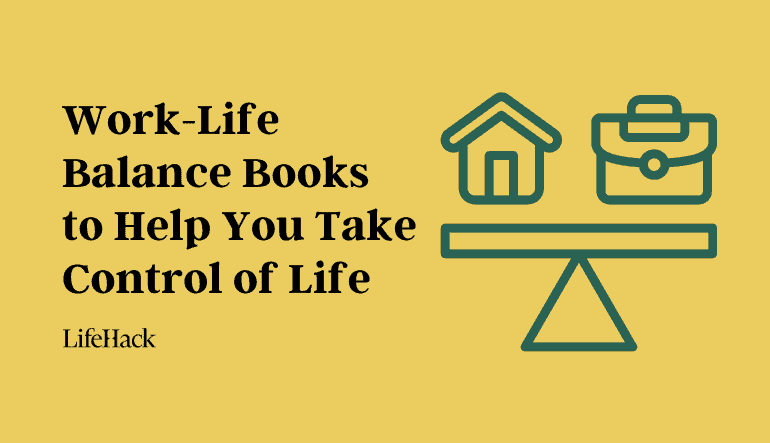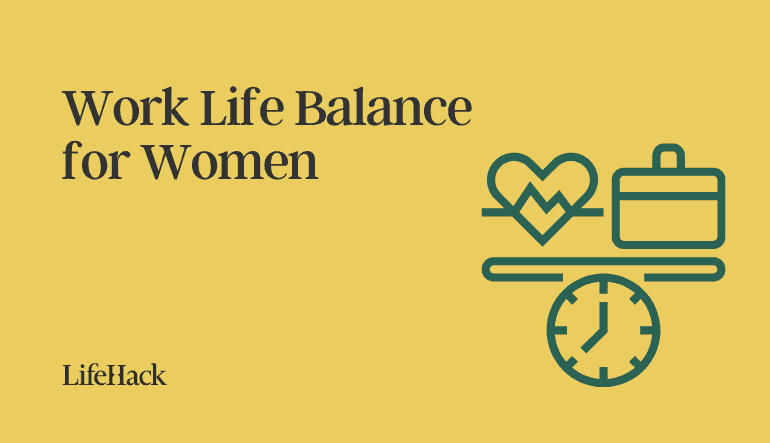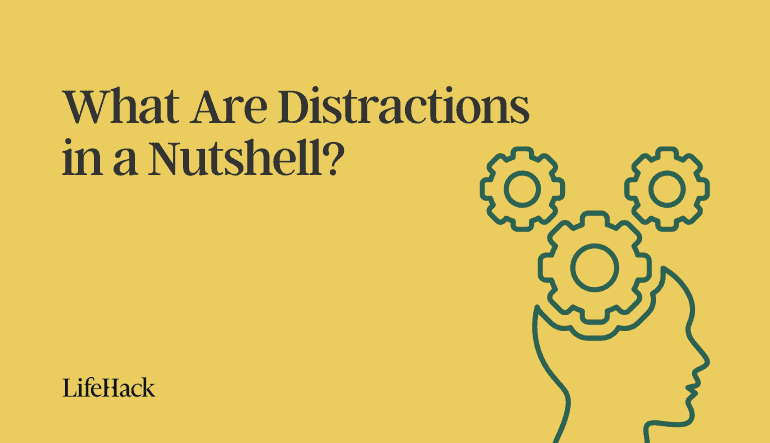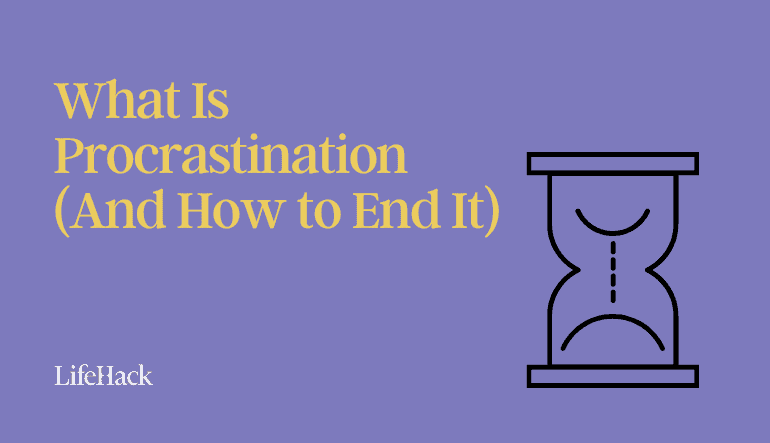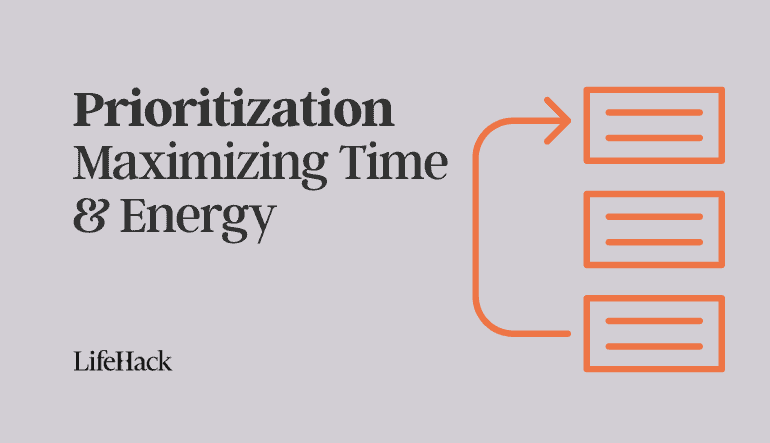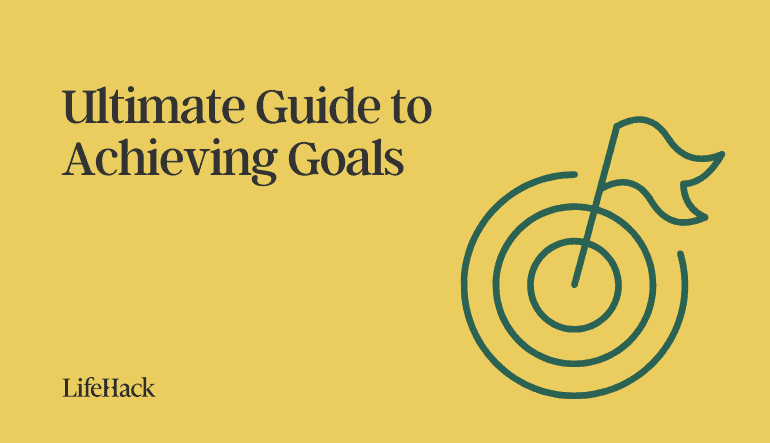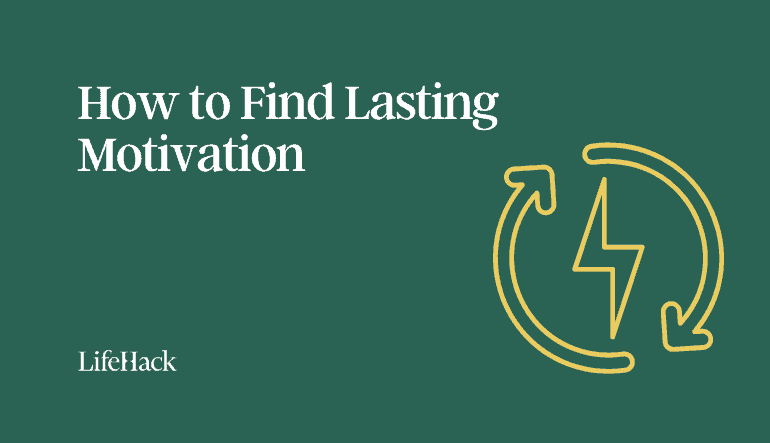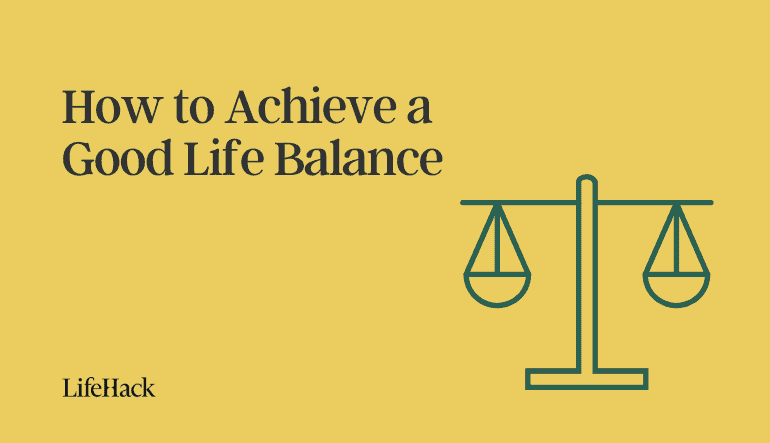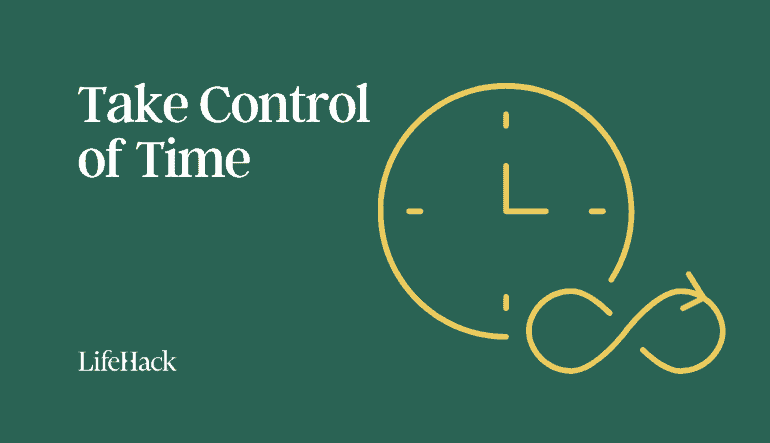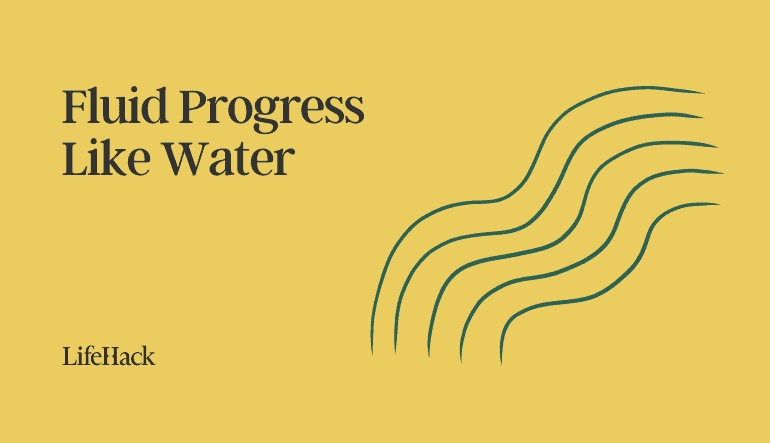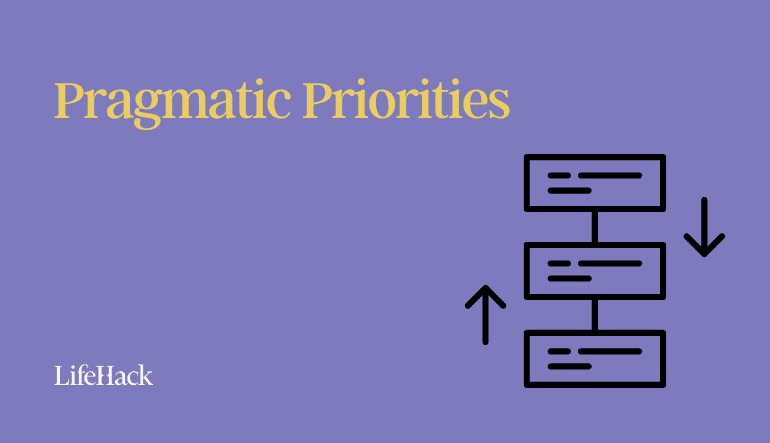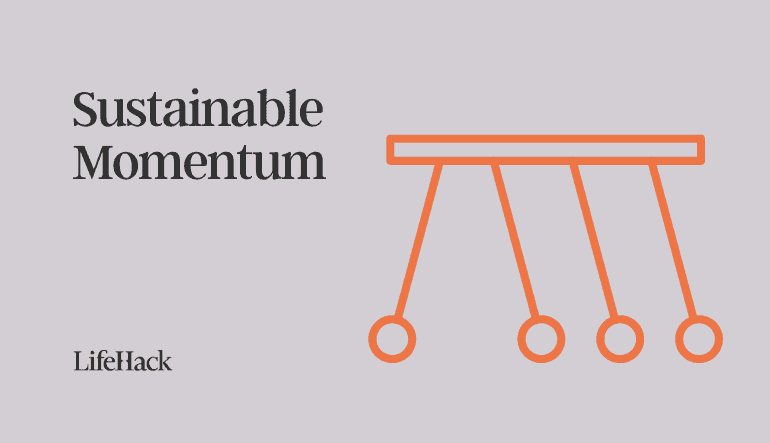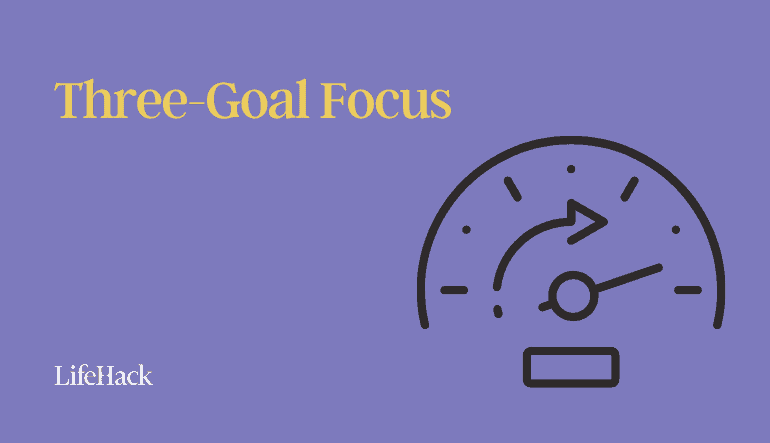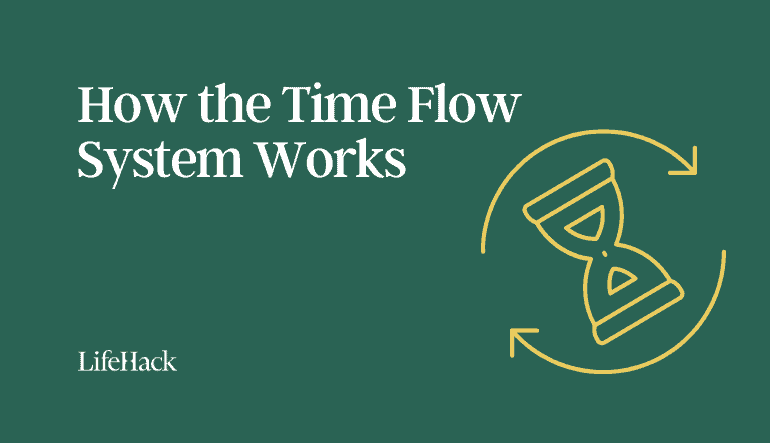Table of Contents
Late one night in a quiet office, I found myself staring at a screen full of code with bleary eyes. I had been at it for 12 hours straight. I thought I was being productive by sheer brute force—if I just kept at it longer, surely I’d get more done. Yet the next morning, after some rest and a fresh perspective, I rewrote in two hours what I’d struggled with for half the night. This experience taught me a crucial lesson: productivity isn’t about how many hours you work, but about how intelligently you use those hours. In other words, it’s about working smarter, not harder.
Most knowledge workers have heard the cliché “work smarter, not harder,” but what does it actually mean? In a world where busyness is often worn as a badge of honor, it’s easy to confuse motion with progress. We fill our days with meetings, emails, and multitasking, thinking we’re being effective. In reality, we often mistake activity for productivity. Working smarter is about escaping the trap of busyness and focusing on what truly moves the needle. It’s a shift from more hours to better hours, from doing more things to doing the right things.
In this guidebook—we’ll explore how knowledge workers can approach work more intelligently. We’ll delve into productivity techniques, automation, decision-making frameworks, deep work, and delegation. Along the way, I’ll share real examples and personal anecdotes, weaving insights into a narrative about transforming how you work. The goal is to provide not just thought-provoking ideas, but actionable advice you can apply to your own work life.
The Illusion of Hard Work
There’s a pervasive belief that if we just work more hours, we’ll get more done. In many workplaces, busyness is worn as a badge of honor—people brag about late nights and marathon hours. But working long hours can become a trap: it feels productive, yet you might just be spinning your wheels.
Yes, hard work is important—there are times when pushing yourself is necessary. Bill Gates once remarked, “I never took a day off in my twenties. Not one.” [1]. Gates directed that effort strategically at high-impact goals. The danger for the rest of us is when effort becomes aimless—when we work hard at tasks that are unimportant, or when we burn ourselves out and undermine the quality of our work.
I learned this the hard way. I once stayed up all night polishing a client report, only to have a mentor ask the next day, “Why did you spend so much time on this, instead of solving the client’s actual issue?” It was a humbling wake-up call: pouring sweat into the wrong bucket doesn’t fill it any faster. Smart work begins with asking: Am I working on the right things? and Is there a better way to do this?
Focus on What Truly Matters
Working smarter starts with ruthless prioritization. Not all tasks are created equal—some yield massive results, while others are trivial busywork. The Pareto Principle, or 80/20 rule, is instructive here: roughly 80% of outcomes come from 20% of causes. [2]. In a work context, this often means a few key tasks or projects contribute the majority of value. A smart worker identifies those high-impact tasks and prioritizes them, rather than blindly trying to tackle everything at once.
Consider the daily deluge of emails, minor requests, and routine tasks that crowd a typical knowledge worker’s day. It’s easy to spend the whole day stamping out minor fires and answering every message, only to realize you haven’t made progress on the presentation or analysis that really matters. President Dwight Eisenhower captured this dilemma with his famous insight: “What is important is seldom urgent, and what is urgent is seldom important.” [3]. Urgent tasks—like an email that just arrived—demand our attention now, but important tasks—like strategic planning, writing, or coding a crucial feature—advance our long-term goals. Working smarter means regularly stepping back to distinguish the two.
One useful decision-making framework inspired by Eisenhower’s insight is the Eisenhower Matrix. It sorts tasks into four quadrants:
- Important and Urgent (do these first)
- Important but Not Urgent (schedule time for these—this is often where deep, meaningful work lives)
- Urgent but Not Important (delegate or limit these if possible)
- Not Urgent and Not Important (eliminate or minimize these distractions)
By categorizing your to-dos this way, you can systematically focus on what truly matters and avoid getting bogged down by the rest.
Personal anecdote: I once agreed to organize a minor team event—an “urgent” request that wasn’t important to my main job—while also trying to design a critical client proposal. The event planning ate up hours each day, and by Friday the proposal was still just a rough sketch. My manager gently pointed out that I had let the urgent push aside the important. That lightbulb moment taught me the power of saying no. Next time, I delegated the event prep and focused on the proposal—which turned out to be one of the most impactful projects of my year.
Actionable insights to focus on what matters:
- At the start of each day, identify the one or two tasks that will have the greatest impact on your goals. Make those your top priority.
- Use frameworks like the Eisenhower Matrix to triage tasks. If something is not important, be willing to say no, defer it, or delegate it.
- Limit time spent on email and messaging. For example, check email at set intervals instead of constantly, so reactive tasks don’t derail your proactive work.
- Keep a visible reminder (like a sticky note) of your current top priority. When you find yourself drifting into low-value activities, that reminder can pull you back.
Deep Work Over Shallow Busywork
Once you know what to focus on, the next challenge is how to focus. In the digital age, our attention is under constant siege. Meetings, notifications, open browser tabs, and office chatter all fragment our day. We end up in a state of continuous partial attention—busy but not productive. This is where deep work comes in.
Deep work is the practice of dedicating focused, distraction-free time to cognitively demanding tasks. Computer scientist Cal Newport defines deep work as a “professional activity performed in a state of distraction-free concentration that pushes your cognitive capabilities to their limit.” [4]. In contrast, shallow work refers to tasks that are logistical, easy to replicate, and often done while distracted—like constantly checking email or mindlessly formatting a document. Newport observes that knowledge workers today spend too much time on shallow work—tasks like answering emails or hopping between meetings—which feel productive but generate little real value [5]. They’re attractive because they’re easy and provide instant feedback (an empty inbox feels like an accomplishment), but as he bluntly puts it, this kind of work is “ultimately empty.”
Deep work, on the other hand, is where you apply your full brainpower to create something new, solve a hard problem, or learn a complex skill. It’s writing an article, coding a new feature, analyzing data, or crafting a strategy with your phone on silent and your door closed. In deep work mode, one hour can accomplish more than an entire day of multitasking. The benefits are profound: not only do you produce higher quality output, you also train your ability to concentrate. Over time, you get better at diving into that focused state quickly and staying there longer [6].
Consider the schedule of a software developer or a writer (Paul Graham would call them “makers”). They often prefer to arrange their day in big blocks of time. Graham notes that managers operate in one-hour increments, but makers need longer blocks—they generally prefer to use half-day units of time [7]. No wonder Graham noted that “when you’re operating on the maker’s schedule, meetings are a disaster.” [8]. In practice, a single meeting can wreck an afternoon of coding or writing by breaking up your flow. To do deep work, you must guard chunks of time on your calendar and shield them from interruptions. I often mention creating “Focus Blocks” in the
Time Flow System. Think of them as your personal power windows, where you’re off-limits to interruptions.
Transitioning to more deep work requires both a mindset shift and practical changes:
- Schedule your deep work: Block out time on your calendar for focused work and treat it like an important meeting with yourself. During this time, close email, silence your phone, and if possible, signal to colleagues that you’re in focus mode.
- Create a ritual: Having a consistent routine can help trigger a deep work state. For example, you might start each morning by brewing a cup of coffee, putting on noise-cancelling headphones, and shutting your office door. This ritual tells your brain “it’s time to focus.”
- Eliminate distractions: Turn off non-essential notifications. If you’re prone to web browsing or social media, consider using website blockers during your deep sessions. If you work in a noisy environment, find a quiet room or use background noise (like instrumental music or white noise) to help concentrate.
By embracing deep work, you’re not just getting more done—you’re doing more meaningful work. The knowledge worker who can concentrate on hard problems in a world of constant distractions has a serious competitive advantage. Three hours of deep, undistracted work will often produce more (and better) results than a frantic ten-hour day of interruptions.
Automation: Leverage Technology to Free Your Time
One hallmark of working smarter is recognizing when a machine can do a task faster or more reliably than you. In the modern workplace, automation isn’t just for factory robots or coders—it’s available to all knowledge workers in various forms. Working smarter means leveraging these tools and technologies to handle rote tasks so you can focus on work that truly requires your expertise.
Think about the small repetitive tasks in your workday: copying data between spreadsheets, renaming dozens of files, scheduling meetings, sorting emails, generating routine reports. Each by itself might only take a few minutes, but collectively they consume hours of your week and sap your mental energy. Now imagine if you could delegate all those tasks to a tireless assistant who never makes mistakes. That’s essentially what automation offers.
Real-world example: I once worked with a data analyst, let’s call him Jake, who spent the first hour of every day pulling data from various sources and updating a dashboard manually. It was tedious, mind-numbing work, but he assumed it had to be done by hand. One afternoon, out of sheer frustration, Jake decided to write a simple script to fetch and compile the data. It took him a few days to get it right, but after that, the script ran in a few minutes every morning. He freed up an hour each day. Over a year, that’s hundreds of hours saved, which he redirected to more valuable analysis and creative problem-solving. Jake’s standing in the team rose because he was providing insights, not just crunching numbers. That’s working smarter.
Automation can be as simple as creating an email filter or as advanced as writing custom code. You don’t have to be an engineer to automate parts of your job:
- Use built-in tools: Most office software (spreadsheets, email clients, etc.) offers automation features (like macros or rules) for repetitive tasks—use them to avoid doing things manually.
- Explore no-code automation platforms: There are user-friendly services (like Zapier or Microsoft Power Automate) that let you connect apps and set up automated workflows. For example, you could automatically save email attachments to a cloud drive, or get an alert when a certain keyword appears in a chat.
- Embrace AI and smart tools: Increasingly, AI-powered assistants can draft routine emails, summarize documents, or sort information. If you have access to such tools, consider delegating appropriate tasks to them (with human oversight to ensure quality).
There’s a famous anecdote often attributed to Bill Gates: “I choose a lazy person to do a hard job. Because a lazy person will find an easy way to do it.” . The spirit of this quote isn’t really advocating laziness; it’s highlighting ingenuity. The “lazy” person in this context is someone who hates wasted effort—so they’ll invent a shortcut to avoid unnecessary work. We can all strive to be “lazy” in that productive sense: constantly looking for easier, faster ways to get things done without sacrificing quality.
One word of caution: when automating, always double-check early results. Make sure your new workflow or script is doing exactly what you intend. There’s no quicker way to work dumber than to automate a mistake and let it run on autopilot. But once it’s tested and reliable, you’ve just multiplied your effectiveness. Your future self will thank you as you click a button to do in seconds what used to take an hour.
Delegation: Multiply Your Effectiveness Through Others
If automation is about leveraging technology, delegation is about leveraging human resources—your colleagues, team members, or external help. Many knowledge workers struggle with delegation. We fall prey to the thought, “It’s faster if I just do it myself.” In the short term, that might even be true. But in the long term, doing everything yourself is a recipe for burnout and a cap on your growth. Working smarter means letting go of the notion that you must personally execute every task. Instead, focus on what you uniquely bring to the table, and empower others to take on the rest.
Let’s tackle a common fear: “If I delegate, the quality will suffer.” It’s natural to think no one cares as much about your project as you do. But consider this: if you never trust others with important tasks, you also never give them the opportunity to rise to the occasion. Delegation is not just a way to offload work—it’s a way to build a stronger team and discover people’s talents. Often, I’ve been surprised to find that a colleague or junior team member, when given responsibility, will approach a task with fresh ideas and execute it as well as (or better than) I would have done.
Personal story: Early in my career, when I first led a small team on a product launch, I tried to do everything myself. I micromanaged every detail—marketing, technical setup, even customer support—working weekends to cover it all. Meanwhile, one of my team members, a talented designer, sat idle on the sidelines. Two weeks before launch, overwhelmed, I finally handed her the user guide and announcement materials to create. She not only delivered, but her work was more creative and polished than what I could have done alone. The launch succeeded and taught me a big lesson: I had been the bottleneck. After that experience, I began delegating more, and found that when people are trusted with responsibility, they usually meet or exceed expectations.
How to delegate effectively:
- Identify tasks to delegate: Look at your to-do list. Which tasks could be done by someone else, especially those that are time-consuming but not requiring your personal expertise? Also, consider what tasks might help others grow if they take them on.
- Choose the right person: Match each task to someone with the capacity and appropriate skill level (or someone who could develop those skills with some guidance). Delegation is also about developing your team; sometimes an eager, less-experienced person can learn by taking on a new responsibility.
- Be clear about expectations: When you delegate, clearly communicate the outcome you expect, any key guidelines or constraints, and the deadline. Provide context about why the task matters. Don’t just hand off a checklist—explain how it fits into the bigger picture to give the person ownership and motivation.
- Give autonomy, but verify results: Resist the urge to hover or micro-manage; provide support and set check-in points if needed, but give the person space to work. Remember, you still bear ultimate responsibility, so do review the output to ensure it meets standards—especially the first time. As trust builds, you can be more hands-off.
- Give credit and feedback: When someone you delegated to does well, acknowledge it. This builds their confidence and encourages them to take ownership in the future. (If issues arise, provide constructive feedback to help them improve next time.)
Delegation is a force multiplier. It enables you to scale your efforts. Instead of one person working 50 hours, you can have five people contributing 10 hours each to achieve a goal—often with better results due to diverse skills and ideas. Importantly, it frees you to concentrate on the areas where you add the most value, whether that’s strategic planning, creative thinking, or expert-level execution.
For knowledge workers, an added benefit of delegation is that it combats the temptation to try to be the hero who does everything. It reinforces the idea that working smarter is often about orchestrating resources, not just individual heroics. A smart worker asks, “Does this task need me specifically, or does it just need to get done by someone?” If it’s the latter, that’s a strong signal that you should delegate it.
Decision Frameworks for Better Work (Thinking Smart)
Working smarter also involves thinking smarter. It’s about having frameworks and mental models to help you make good decisions quickly. Knowledge workers must constantly decide: What should I do next? Is this task worth doing at all? How do I solve this problem effectively? Developing a personal toolkit of decision-making frameworks can help you navigate these questions with clarity and speed.
We’ve already touched on one framework (the Eisenhower Matrix) for prioritizing tasks by urgency and importance. Another classic concept is the Pareto Principle (80/20 rule) which we discussed: identify the 20% of efforts that yield 80% of results [9]. Smart decision-makers often use this lens to cut through complexity. For example, if you’re managing a product, you might realize that a handful of key features drive most of the user satisfaction. Focusing your team’s energy on perfecting those, rather than spreading thin across dozens of minor features, would be a smarter use of resources.
Here are a couple of frameworks that can help sharpen your decision-making:
- ROI (Return on Investment) mindset: Think of your time and energy as investments. Before taking on a new task or project, ask “What is the expected return for the time I put in?” High-ROI tasks (e.g. learning a skill that will save hours later, or completing a project that will benefit your team for years) should take priority over low-ROI tasks (e.g. obsessing over a report that few will read).
- The Two-List Method (Warren Buffett’s approach): Write down your top 25 career goals or projects. Circle the top 5 that truly matter. The other 20 go on an “avoid at all costs” list — things that might feel productive but actually distract you from your main priorities. This ruthless focus ensures you channel effort into what counts most.
At one point, I was juggling multiple side-project ideas. I had limited time outside my day job, so picking the right project was critical. I listed out each idea and weighed them. Initially I was drawn to the flashiest idea—it was exciting but very risky and would take a long time to pay off. Meanwhile, a simpler idea could start generating value much sooner, even if it wasn’t as glamorous. Using a combination of ROI thinking and the Two-List method, I ultimately tabled the flashy project (putting it on the avoid-for-now list) and pursued the simpler one. That turned out to be the right call: within a few months the simpler project was yielding results, and I had gained experience (and revenue) I could later apply to the bigger idea. The takeaway for me was that a systematic decision framework beat impulsive, “work harder” instincts. Without a clear framework, I might have wasted a lot of hard work chasing the wrong goal.
By structuring our decision-making, we reduce mental load and avoid the trap of just doing the loudest or easiest task first. It steers us toward strategic action—working smarter, not just reacting.
Conclusion: Redefining Work and Success
In this guide, we explored strategies for prioritization, deep work, automation, delegation, and smart decision-making. Working smarter means making careful choices about what to do, how to do it, and what to let go (to a machine or colleague). The stories—from my late-night coding epiphany to Jake’s automation victory to learning to trust my team—show that the path to working smarter is personal, learned through trial and reflection.
Think of your work as a craft rather than a chore. A craftsman doesn’t just hack away mindlessly; they experiment with better tools and refine their technique. Approach your work in the same spirit. Constantly ask yourself, “Is there a smarter way to do this?” Often, that simple question will lead you to an insight or improvement. Sometimes it means investing time now to save much more time later, or stepping back to rethink your approach entirely.
In the end, working smarter isn’t about avoiding work—far from it. It’s about loving your work enough to want to do it in the best way possible. It’s about freeing yourself from unnecessary drudgery and frustration so that your effort creates maximum value. So the next time you catch yourself drowning in tasks or grinding away out of sheer habit, pause and take a step back. Cut the noise, prioritize wisely, carve out time for deep work, automate the tedious, delegate the rest, and make decisions with clarity. By working smarter, you’ll not only get more done—you’ll get the right things done, and still have energy and time to enjoy the results. In a knowledge economy, that’s not just smart. That’s genius.
Are you feeling like each day is a never-ending race against the clock—always juggling tasks, yet never quite catching up? We’ve all been there: staring at our to-do lists, wondering how on earth we’re supposed to fit all of it into just 24 hours.
Then, we see those rare folks who seem to have cracked the code. They hold down a full-time job, run a side hustle they’re passionate about, and still find time for friends and family. No frantic scrambling. No sleepless nights (at least not many). They’re just… calm.
Meanwhile, you might be sprinting from one deadline to the next, amazed anyone has the bandwidth for extra pursuits—or even a proper night’s rest.
So what’s the secret?
It’s not about cramming more tasks into the same 24-hour window. It’s not about working to the bone and hoping that sheer effort alone will carry you through. It’s about figuring out how to work smarter, not harder.
When you start thinking in terms of working smarter, you realize it’s less about burnout and more about finding strategies that make those hours bend in your favor. So if you’re looking to achieve your goals without walking that tightrope of constant exhaustion, ask yourself:
Is there a better way?
Reference
| [1] | ^ | Biography: Bill Gates on Work Ethic |
| [2] | ^ | Wikipedia: Pareto Principle |
| [3] | ^ | History: Eisenhower on Priorities |
| [4] | ^ | Cal Newport (Deep Work): Deep Work: Rules for Focused Success in a Distracted World |
| [5] | ^ | Cal Newport (Deep Work): Deep Work: Rules for Focused Success in a Distracted World |
| [6] | ^ | Cal Newport (Deep Work): Deep Work: Rules for Focused Success in a Distracted World |
| [7] | ^ | Paul Graham Essays: Maker’s Schedule, Manager’s Schedule |
| [8] | ^ | Paul Graham Essays: Maker’s Schedule, Manager’s Schedule |
| [9] | ^ | Wikipedia: Pareto Principle |
